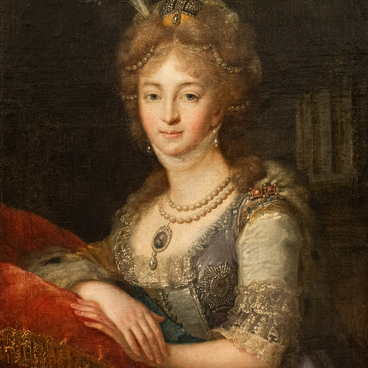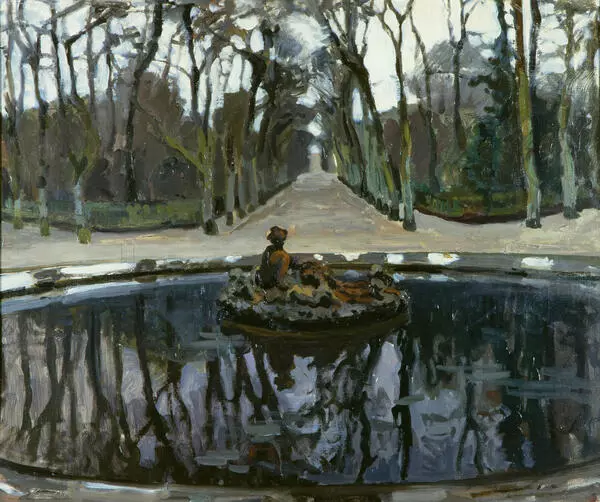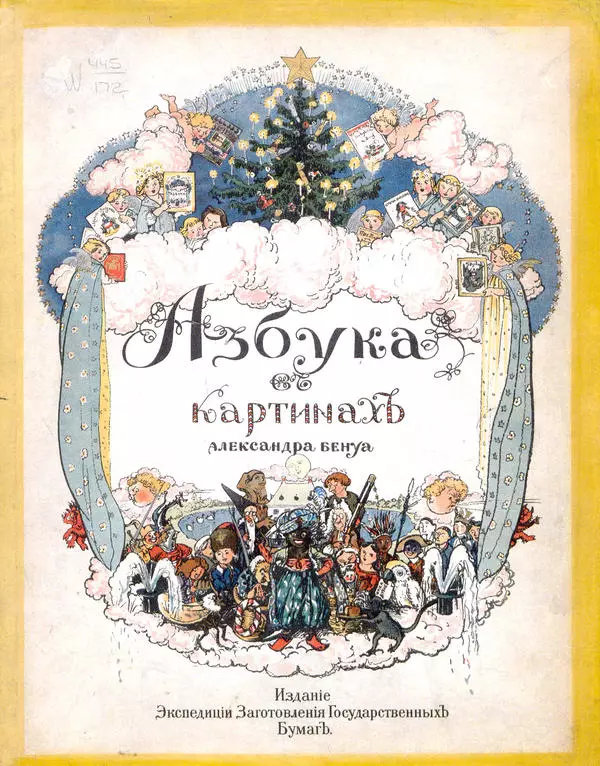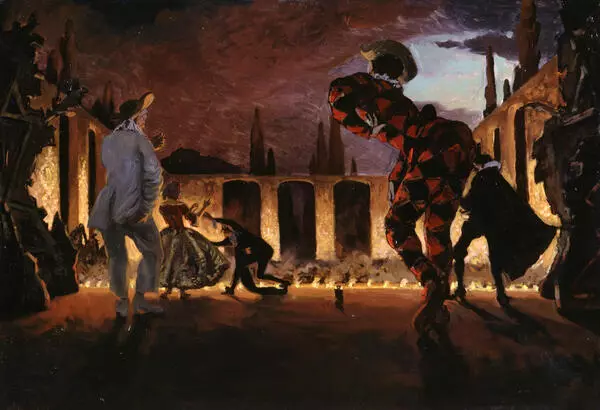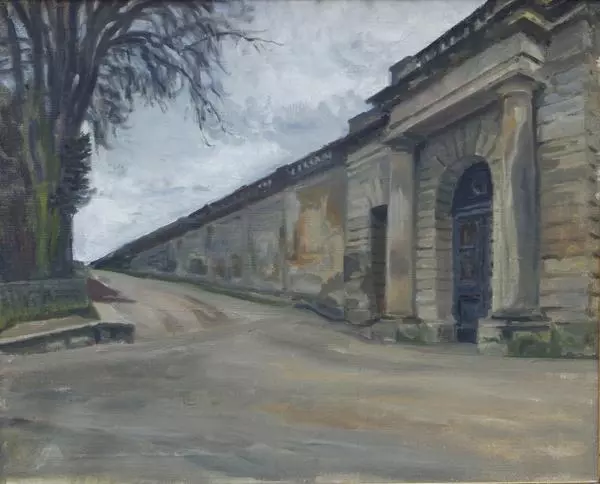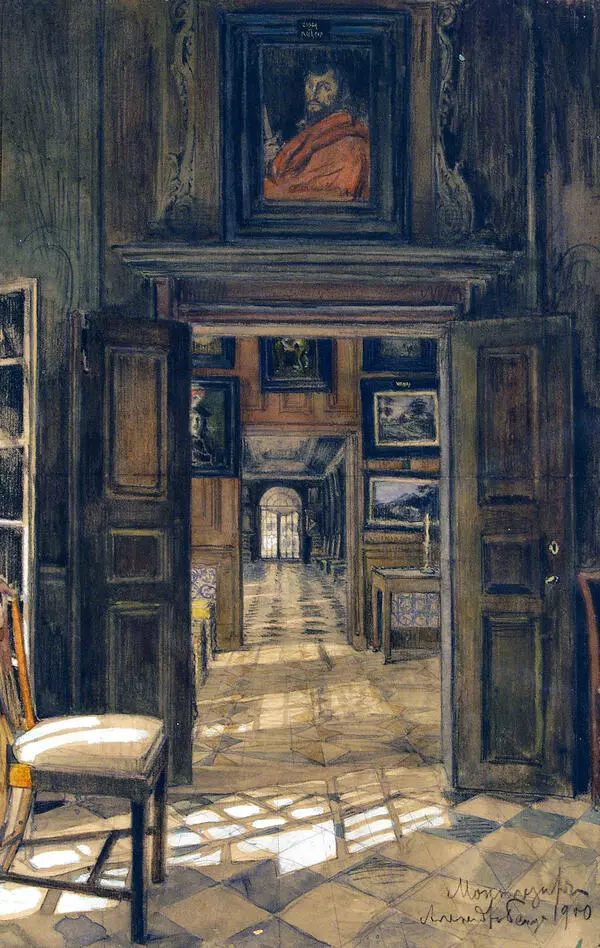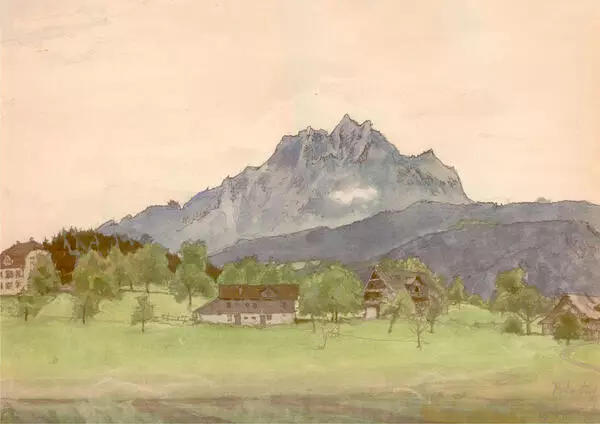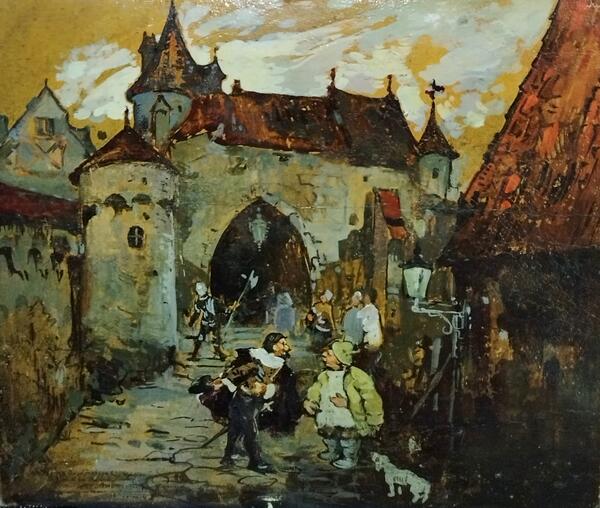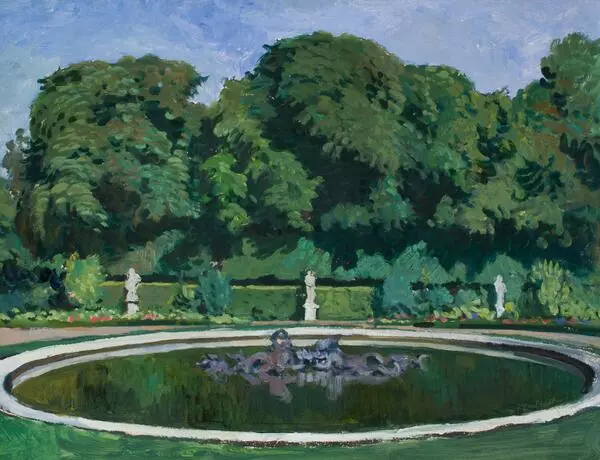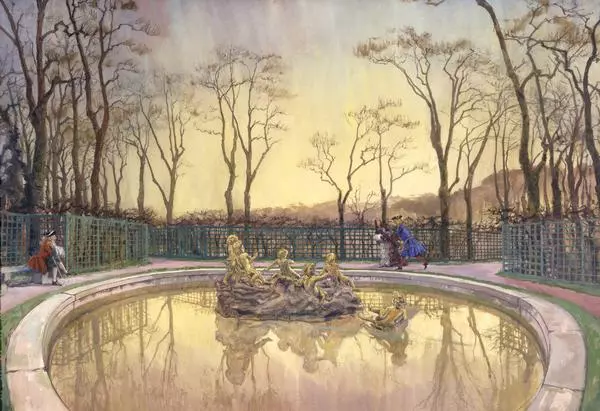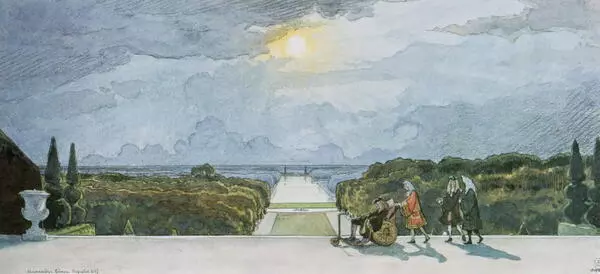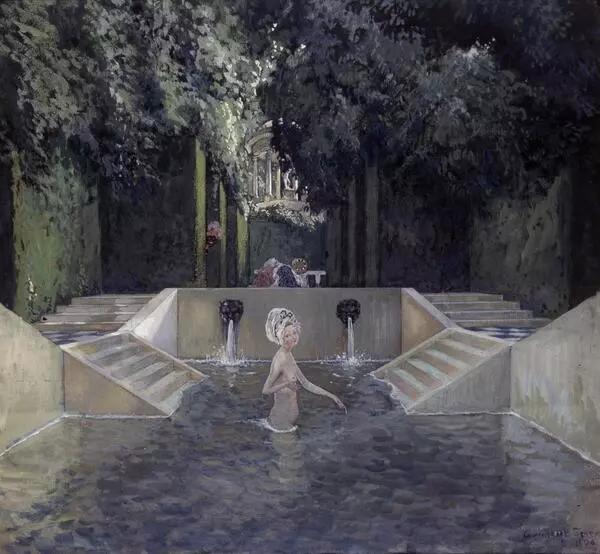Alexander Nikolayevich Benois was born in St. Petersburg in 1870. His father was a professor of architecture, and Alexander Benois grew up in a creative environment. In 1880, he entered the State Gymnasium of the Imperial Philanthropic Society. Later, he transferred to the Private Gymnasium of Karl May. There, he met the future painter and portraitist Konstantin Andreyevich Somov, the critic and publicist Dmitry Vladimirovich Filosofov, and the future pianist and composer Walter Feodorovich Nouvel. They all became friends and later members of the Mir Iskusstva (World of Art) association which was co-founded by Alexander Benois. In 1898, he also initiated the establishment of the eponymous magazine.
In 1887, Alexander Benois started auditing the evening classes at the Academy of Arts. Soon, he switched to studying fine arts on his own. In his art, he focused on two themes: the France of the time of Louis XIV, the Sun King, and Saint Petersburg of the 18th — early 19th centuries.
“A Service at the Chapel of Saint Barbara” belongs to the so-called Brittany series. At the bottom left, there is an inscription in black ink, “Alexander Benois S te Varbe V11–1905”. This is the most prominent work of all the artist’s paintings in the collection of the Pskov Museum. This small 1905 painting was created in Brittany, northwest France, which the artist visited with his family every year.
In the foreground of the painting, the ground is depicted without any vegetation. In the background, there is a small stone chapel, and women walking towards it. Every year, the Bretons came to the service at specific times. The citizens wear black clothes and white bonnets.
The space is visually expanded by using a combination of silver-gray and greenish-brown hues. The silhouettes of the figures are schematic.
“True joy comes from the realization that creations, be it a movement (such as a theatrical performance), piece of music, thought, or text, are connected with a certain inner clue, or what is commonly referred to as ‘inspiration’. As long as this connection exists, true art and beauty are born,” wrote Alexander Benois.



